We live in an era where you can literally control every home appliance and accessory using your smartphone, computer, or speaker. A couple of decades back, the idea of smart homes sounded like science fiction, but it is now a reality. All this has been possible thanks to advancements in AI-related technologies, including machine learning, Natural language processing and computer vision.

All the popular smart home platforms by Apple, Google, and Amazon leverage the power of artificial intelligence to enable users to seamlessly control their smart home appliances and accessories. If you want to learn more about the role of AI in smart homes, this article is for you. We shall discuss all the practical applications of AI in smart homes and the possible risks of using these technologies in our homes.
What is a smart home?

A smart home is a home with lighting, heating, sound system, cooling, and other electronic devices that can be controlled using a smartphone, smart speaker, or a full-size computer. The idea of smart homes and home automation started getting popular in the early 2000s, thanks to the rapid advancements in computing technologies that made it easier and cheaper to automate certain devices in a home.

Today, there is a smart version for almost every electronic device in our homes. You can buy all smart home devices, including smart versions for bulbs, refrigerators, cookers, TVs, Air conditioners, and more, from online and physical stores. The good news is that you don’t need to download different apps to control all these devices. You simply have to use any of the popular smartphone platforms, including Google Home, Apple HomeKit, or Amazon Alexa. Let’s find out how these platforms differ.
Smart home platforms
Amazon Alexa

Amazon has had the largest share of the smart home market in the last couple of years. This has been mainly due to its large collection of budget smart speakers. You can get an Eco Dot smart speaker for as low as $25, a price that almost every homeowner wouldn’t mind paying.
Jeff Bezos confessed that Amazon doesn’t make huge margins on its hardware. Their goal is to sell as much hardware as possible and then make profits from services. It should be noted that smart speakers are the cheapest devices you can use to control your smart home devices. Another competitive advantage that Amazon has over the competition is the wide variety of smart home devices that are compatible with Alexa.
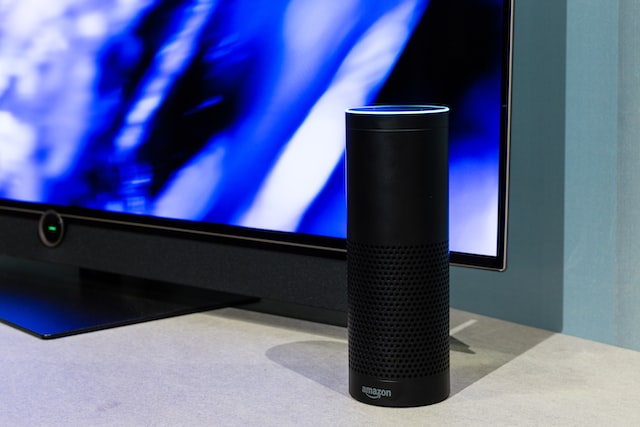
A Statista report shows that Alexa is compatible with over 100,000 smart home devices. As a voice assistant, Alexa is also very good at taking home-related commands. According to Statista, Alexa boasts over 100,000 unique skills, making it one of the most reliable voice assistants for controlling your smart home.
Google Home

Google’s smart home ecosystem is also pretty popular, more so for people using Android devices. This platform was officially launched in November 2016. Most of the technologies and devices Google used in their first version of Google Home were from Nest, a smart home company that they acquired in 2014 for a hooping $3.2 Billion.
Google Nest was built by former Apple execute Tony Fadel, the man behind the iPod and iPhone’s hardware design. Google also has several budget smart speakers, including the Nest Mini and Home Mini, that aim to keep the barrier of entry to its smart home platform as low as possible.
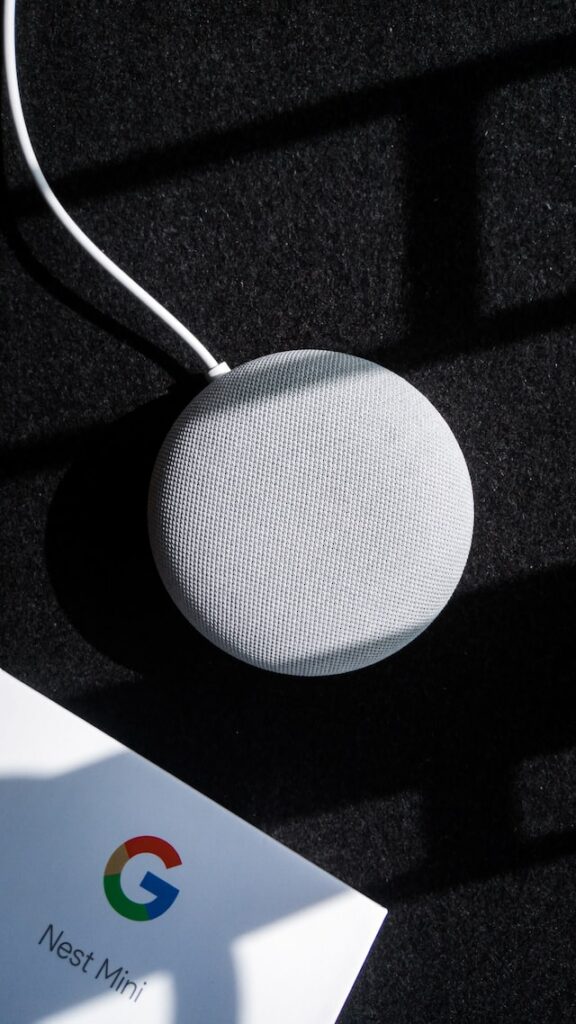
One of Google’s competitive advantages is its Voice assistant (Google Assistant), which is considered by many the smartest at the moment. Google Assistant supports over 40 languages compared to Alexa’s eight and Siri’s 21. Another advantage that Google Assistant has over its competition is its ability to listen to different accents. In addition, it can also be trained to listen to up six voices, which is usually enough for an average household.
Google Assistant is also compatible with over 50,000 devices, including bulbs, refrigerators, heating and cooling systems, and more. So, if you want to use Google Assistant, you will likely not be limited by the number of devices it supports.
Apple HomeKit

Apple’s smart home platform is the least popular among the three, but it is still very functional and a good choice for people already in the Apple ecosystem. Unlike Google and Amazon, Apple is less concerned about being the most popular smart home ecosystem. Apple’s priority is to build a conscious and secure smart home platform that Apple diehards and anyone concerned about their security can trust.
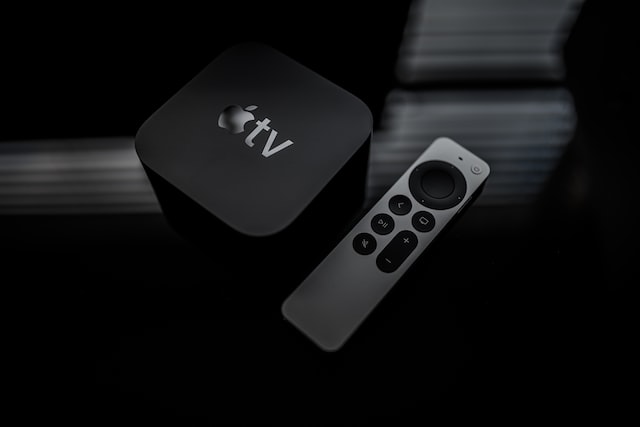
Apple has fewer first-party devices in its ecosystem. For instance, they currently sell only one smart speaker, the HomePod mini, after discounting the original HomePod. The HomePod mini costs $100, almost four times more expensive than Amazon’s cheapest smart speakers. This alone is a barrier to entry for people that want to build a smart home at the most affordable possible price.
Apple supports several third-party smart home devices. However, it supports just 450 smart devices, which is way too low compared to Google Home and Amazon’s smart home ecosystem. Devices in Apple’s smart home ecosystem can be controlled by Siri, one of the oldest voice assistants.

Siri may not be as good as Google assistant in terms of responding to queries and follow-back commands. However, it doesn’t fall behind. In a study done by Loop Ventures, Google Assistant scored 92.9%, Siri scored 83.1%, and Alexa, 79.8%, in questions answered correctly. So, it is still a very reliable voice assistant.
It should also be noted that using Apple’s smart home ecosystem requires you to be in the Apple ecosystem, which may not be the case for the other platforms. For instance, Google Assistant and Alexa can be used on Apple devices. However, you cannot use Siri unless you have any of Apple’s products.
The role of AI in smart homes
It should be noted that all the smart home ecosystems we have just shared heavily rely on artificial intelligence and other related technologies. Apple, Google, and Amazon have invested heavily in AI because they know how important it is to build a functional smart home ecosystem. Let’s look at some of the everyday use cases of AI in smart homes.
Voice assistants
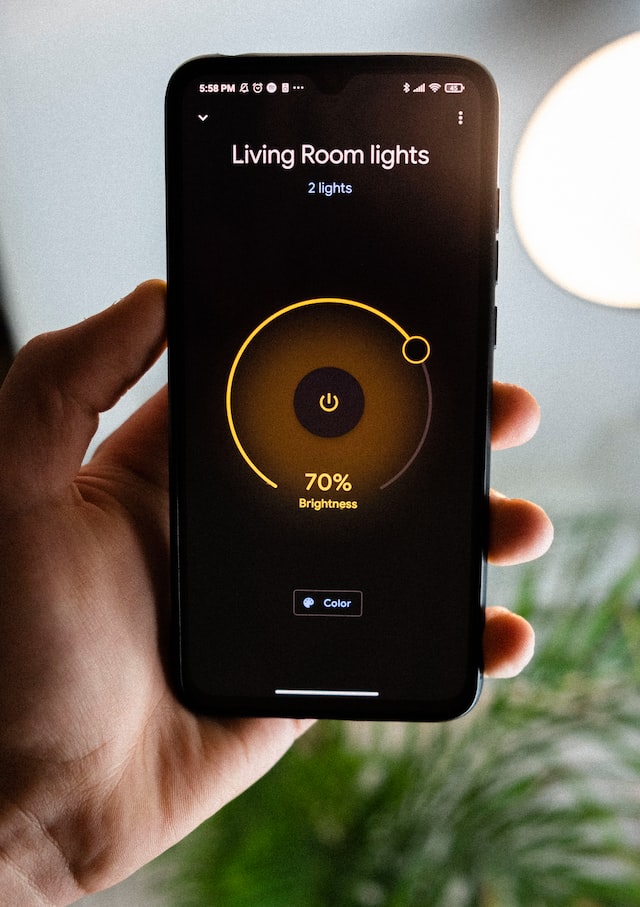
All the three major smart home platforms we have shared above use voice commands as one of the primary sources of input. Operating smart home devices wouldn’t have been as intuitive as it is today without voice assistants. It is much easier to issue a voice command using Siri, Alexa, or Google Assistant instead of making a series of clicks in your smart home app.
Voice assistants use Natural Language Processing (NLP) to convert human voices into commands that can be understood by the device one is controlling. The only limitation is that these assistants do not support most of the native languages. However, most of the popular languages, including English, Spanish, Chinese, and French, are supported.
Smart home devices improve over time.

Smart home devices utilize the power of machine learning to study your behavior over time in order to improve their decision making. For instance, your heating system will gradually learn over time when you get home and your most desirable temperature depending on the ambient weather condition.
If you normally come back home at 10 PM, your heating system will be triggered whenever it is coming close to 10. This minimizes power consumption and ensures you return to a warm house even if you forget to remotely turn on your heater. Such operations wouldn’t be possible without the power of AI and machine learning.
Home Surveillance and security

Amazon has a couple of smart home devices, including cameras that you can install within or around your home. Users can remotely monitor what is going on in their homes using these cameras. In 2018, Amazon bought Ring, a company that made security-focused smart home devices that can be operated by the everyday person.
Anyone can install Amazon Ring devices in their homes if they wish to remote monitor events at their home. Ring cameras have battery-powered motion sensors that detect moving objects and alert you in real-time. All these devices use some bit of AI to execute their tasks.
Optimal cooking

Artificial intelligence has made it possible for everyday people like you and me to cook great meals without having to read or watch a series of cooking guides. Smart cooking devices come with intelligent sensors that can adjust the temperature depending on the type of food you are preparing.
These devices also get regular updates aimed at improving their algorithms and adding more food options. Thanks to AI, you can now have cooking equipment that can be used to cook several types of food without having to be manually controlled. One of the popular smart cooking device companies is Traeger.
Traeger makes smart grills that you can use to prepare different kinds of food even if you don’t have any prior experience in grilling. The company is expected to generate over $800 million by the end of this year. This clearly shows how much people are embracing smart cooking devices.
Biometric locking devices
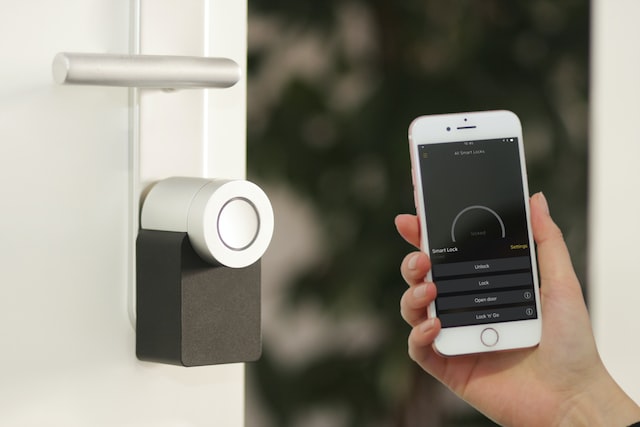
You can integrate biometric locking devices into your doors to regulate the people that access certain sections of your house. These devices can use fingerprint or facial recognition technology to determine whether to open the door or not.
Limitations/threats of AI in our smart homes
Despite the many benefits, there are some threats and limitations that you need to be aware of before bringing AI-powered devices closer to your home.
Privacy concerns

Your house is one of the most private places, so you obviously don’t want anyone to know about the events in your house. So, while buying any smart home device, it is important to keep privacy at the back of your mind. Take time to read about the privacy policies of the device manufacturers. The key things you need to look for include the data they collect and how it is used.
You may also have to take time to learn more about the history of the company before trusting them with your home. It is also important to limit certain smart home devices from being in certain areas of your home. For instance, it wouldn’t make sense to put a ring camera in your bedroom.
Smart home devices are vulnerable to cyber threats

Unlike our traditional home equipment and accessories, smart home devices can be compromised by cybercriminals. This calls for extra vigilance, especially with the accounts that give you access to your smart home devices. Use two-factor authentication to add an extra layer of security to your devices.
Language barrier

As we saw earlier, most smart home devices are controlled using voice assistants, such as Siri, Alexa and Google Assistant. However, these assistants support only a tiny fraction of the languages spoken in the world. Most of the languages that are not spoken internationally are not supported by these voice assistants. Before choosing which voice assistant to use, first confirm if it supports any of the languages, you intend to use when controlling your devices.
False triggers
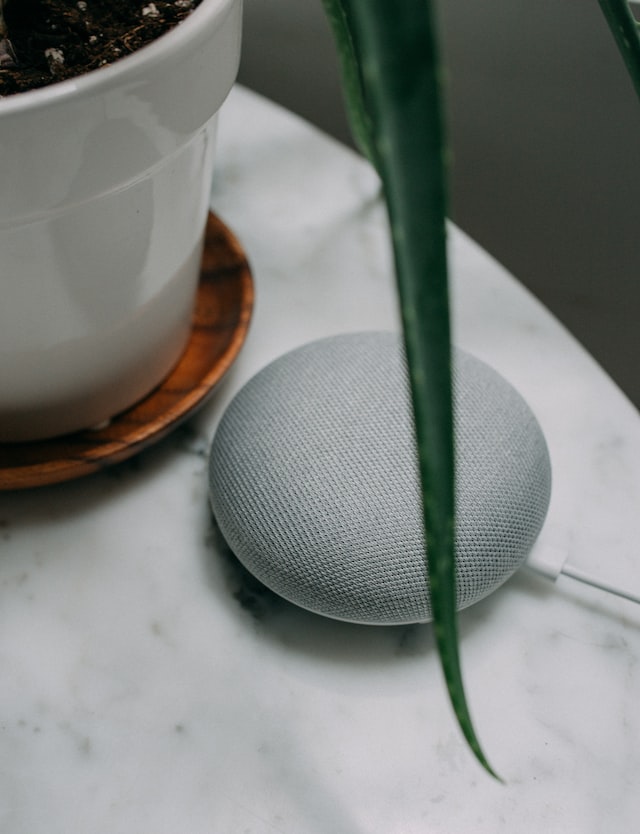
Smart home devices are not perfect yet, so there are some times when they will make wrong choices that can potentially affect your experience. For instance, your surveillance camera may send alerts even when no moving object is detected on your premises.
Final thoughts
AI has played a significant role in advancing the functionality of smart home devices. Smart homes wouldn’t be the same without the advancements made in artificial intelligence. However, it is important to be cautious while installing AI-powered devices in your home. Take time to assess the companies behind these devices and their ambition.



